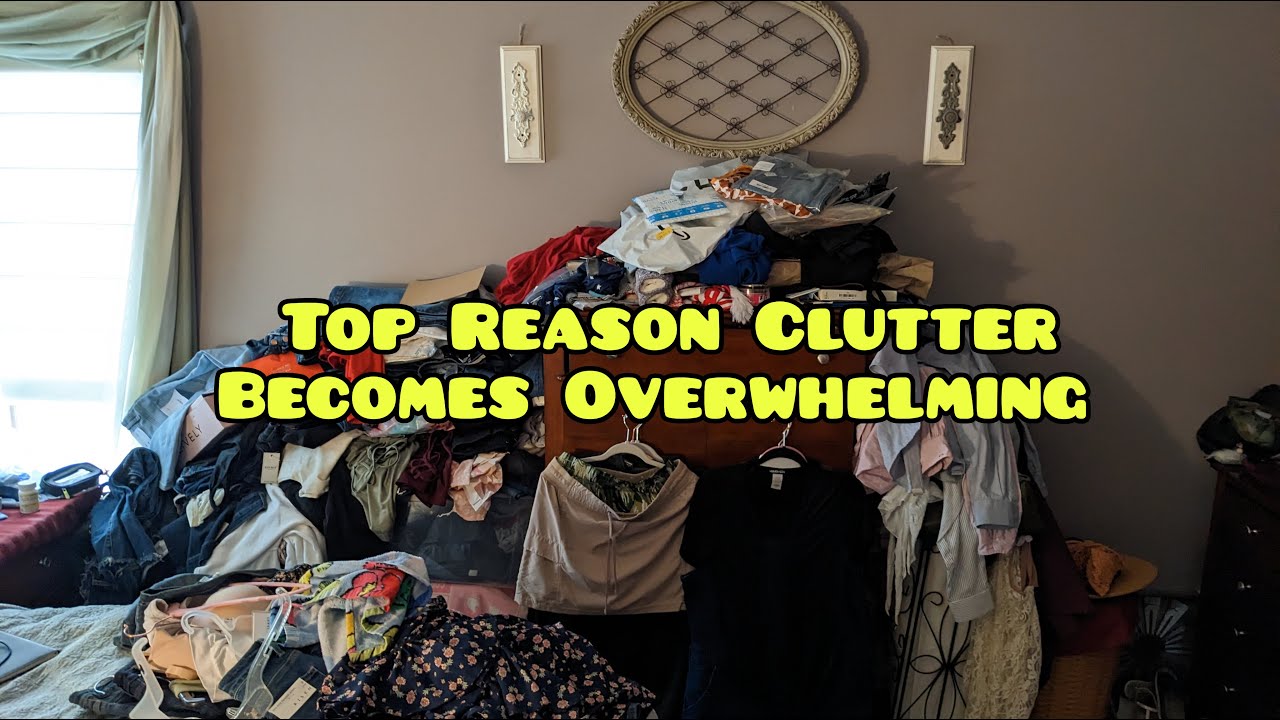Not everyone feels overwhelmed by clutter. It’s likely about how well they can overcome visual distractions. Regardless of this extreme, there are people of the other extreme that are very easily distracted by visual items. Perhaps even sent into a chronic low-stress state that they may not understand or notice for years. This is why it’s important to start prioritizing decluttering and tidying in relationships.
Relationships require doing things that you’re ambivalent about for other people. This is never more true than at the dinner table. How often have you eaten a meal that you were just willing to eat but didn’t love? These compromises are necessary to keep things moving. You may have compromised by not eating your favorite meal with your own family because no one else likes it.
The same is true with clutter. If your child was allergic to peanuts, you would be willing to give up all things peanuts to keep them alive, wouldn’t you? So what if your spouse’s chronic stress is causing them insomnia, heart disease, and various other stress-induced health issues. Would you not be willing to put in the effort to help them stay healthy for a long time?
Why people feel unsafe with excess clutter:
Everyone will have their own threshold for safety. They have it with savings, alone time, social time, information, and so many other things. They will also have a clutter threshold (as Dana K. White calls it). This is how much clutter they can feel in control of. When the clutter feels “out-of-control”, then stress starts. For the research, read my article on Decluttering for School Success.
The unfortunate part is that it’s easy to miss that it’s the clutter that’s causing you stress until it’s far out of control. Then the fights start and it’s been out of control for a long time! In fact, they completely lost sight of where their clutter threshold was.
Many of the reasons clutter could make someone feel unsafe are:
- Things can hide in it (mice, bugs, spiders, rotten food, dust, etc.)
- Things are getting crushed or destroyed triggering a loss of value
- The things are out of place, now a to-do
- The lost time trying to find needed items
- The stress of trying to remember where everything is in a pile you can’t see through
- Items could get moldy if water were to leak
- You’d have to move all these items if there were an emergency
- Etc.
Our possession-based culture:
Somewhere along the way, we switched from sharing with neighbors to trying to own everything ourselves. This is financially taxing, so then there’s an urge to hang onto everything in case one day in the future we will need this old item.
Additionally, we’ve stopped valuing empty space over excess things. If we have extra anything, we’ll put something there. How many homes can you see the floorboards in? Have a wall? Add a sideboard!
If you’d like to know the top reason that your space becomes overwhelming, check out this video and the next for 2 skills to beat procrastination clutter.
Strategies to use if you don’t notice the clutter like your spouse:
The main goal is to identify what Dana K. White calls the clutter threshold for your spouse. Take one room and declutter and organize until your spouse feels calm. This means the space can be tidied up in about 5-15 minutes and they can visibly relax there.
Then take good pictures of the space as well as what the inside of the storage spaces looks like. This becomes your goal. This is what you will go back to when you tidy and declutter.
Now, set reminders daily to tidy the spaces for the entire family and select a frequency to declutter in this space. Perhaps quarterly, with one room/space per month? Adjust the frequency until you can get back to the goal within a 5-minute tidy, as a household. It shouldn’t take long.
Lastly, make sure the decluttered items leave the house by the next day. Load them into the car for donation drop off or schedule a pickup.



